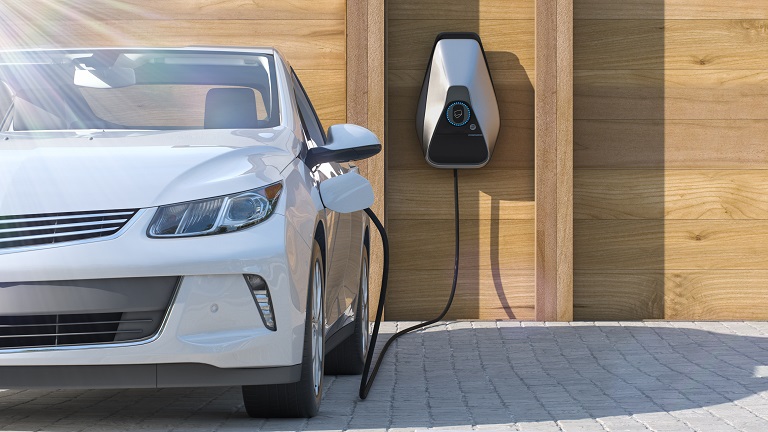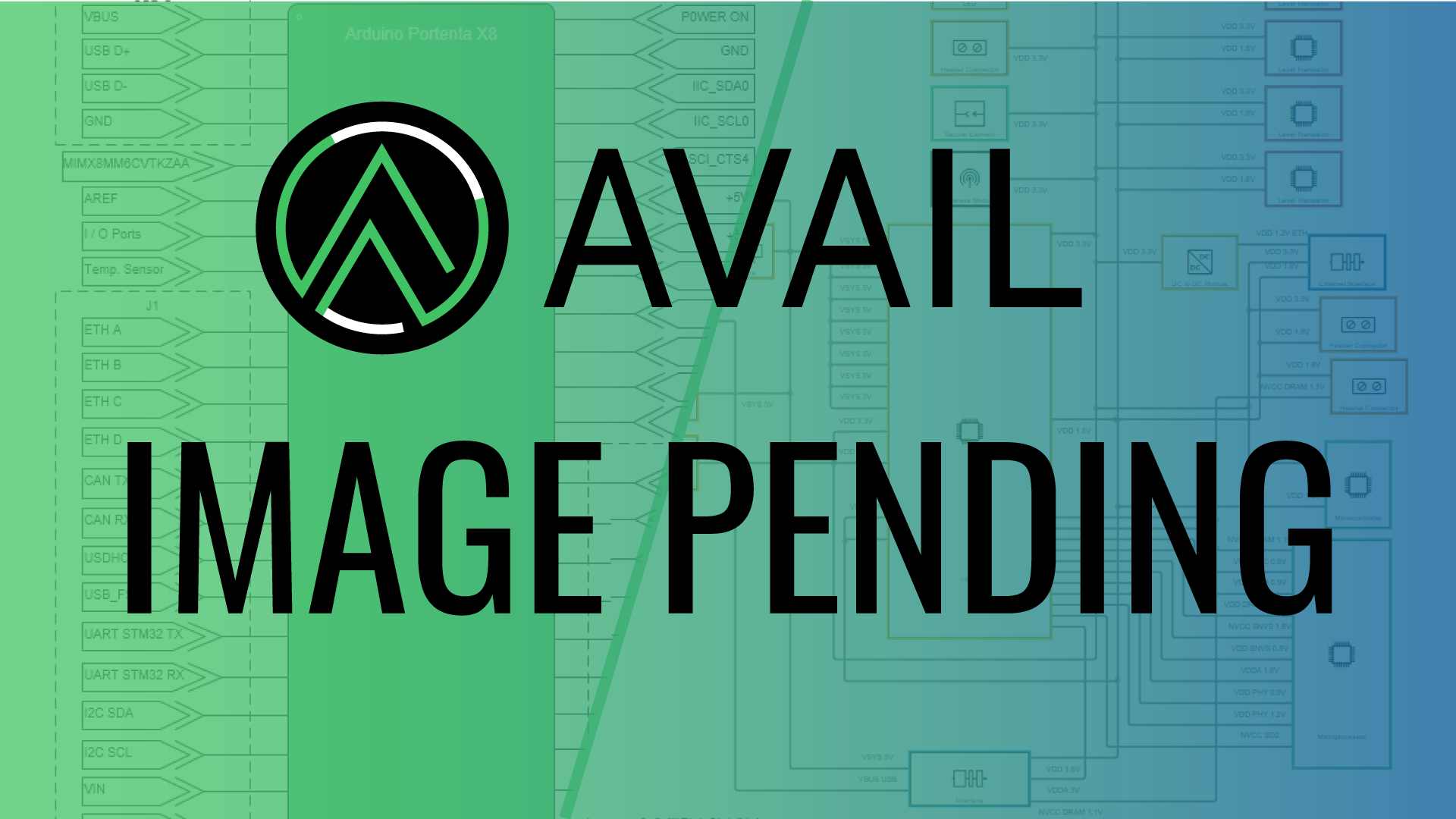EV Charging Series, Part 2: Integrating EV Charging with Matter and the Smart Home

As electric vehicles (EVs) become more common on our roads, with sales continuing on an upward trend, there’s an increasing focus on how we charge them. For most of us, we’ll want to handle much of our charging at home, both for convenience and to take advantage of low-cost electricity tariffs. How can we integrate the EV charger with other smart home systems, and what opportunities could this create?
Once you get home from work, your car might be parked on your drive for twelve hours or more, but only needs a much shorter time to charge. If the charging could take place overnight, at off-peak times, then the consumer benefits from using much cheaper electricity – with the UK’s Energy Saving Trust estimating annual savings of hundreds of pounds [1]. Shifting charging in this way also means that a higher proportion of the electricity can come from renewable sources such as wind and solar, rather than the fossil fuel power stations that are brought online during periods of high electricity demand.
At the same time, the demand on the grid will be easier for the supplier to handle, with significant peaks flattened by time-shifting the charging process. Many energy suppliers now offer electricity tariffs that are specifically targeted at EV owners, with lower prices at off-peak times, to encourage charging when demand is low.
Installing a smart metre makes it easier for homeowners to see what their exact usage is, and provides another communications mechanism – for example, in the UK, smart metres can send control signals to smart chargers [2].
This basic concept is what most companies mean when they talk about ‘smart charging’ for EVs. Smart charging for EVs are already available from many vendors, and typically offer either Wi-Fi or 4G/5G cellular connectivity along with, with a smartphone app to manage them. This connectivity also means a vendor can remotely update the home charger over the internet, as Tesla does with its Wall Charger, for example [3].
Another option is to control the charger with your smart speaker, or using your voice through another device – giving hands-free control when you’re plugging in the charger and perhaps also juggling heavy shopping bags.
Smart charging and the smart home
That’s all good as far as it goes, but how about if we could combine the smart chargers with a smart home? Beyond just a simple timer for controlling EV charging, there’s an opportunity to be much more effective.
Your EV charger could communicate to other devices in the home to manage their overall electricity usage – for example, not charging your car while an energy-hungry device is running, such as a washing machine or tumble dryer. This can help ensure your home never tries to draw more power than the maximum it can support.
What if your phone could tell your EV charger what time you’ll leave home in the morning, based on the appointments in your calendar, this way the EV charger knows exactly when it needs to finish topping up the car’s battery.
The interoperability challenge
Smart homes feel like they’ve been the ‘next big thing’ in technology for a decade or more. However, most consumers have never really bought into the concept – and it seems that concerns about interoperability are a big part of that.
With big companies like Amazon, Apple, Google, and Samsung all pushing their own view of the smart home, it can feel just too difficult for the average consumer to choose the right ecosystem and the best products. When considering adding EV chargers to the smart home mix, there’s a whole new range of charging-related things to consider, such as the industry standards already in use.
To address that issue, there are high hopes for Matter, a standard protocol for connected devices in the smart home. Recently launched, the new standard aims to ensure compatibility with all the big players’ devices – so any Matter product should talk to any other Matter product. The objective of the new protocol is to make sure that Matter products are properly supported across all compatible systems, so you’re not limited to a barebones set of features even when incorporating another manufacturer’s device.
Matter is an IP-based standard defined at the application level, and it can use Ethernet, Wi-Fi , Thread or BLE (Bluetooth Low Energy ) for connectivity.
It is developed and managed by the Connectivity Standards Alliance (CSA) [4], which has recently released version 1.1 of the specification [5]. This latest update aims at making it easier for device makers and developers to use Matter and has also improved support for battery-powered products.
As well as straightforward interoperability, Matter aims to provide a secure, reliable connection, making it easy to set up new devices and add them to a smart home.
Matter might just be the standard that enables universal acceptance of the smart home. Its wide adoption by industry heavy-hitters may well give it the necessary momentum to sell in large quantities – more than 5.5 billion Matter-compliant smart home devices will ship in the years 2022-2030, according to ABI Research [6].
Matter for smart EV chargers
Matter is starting to be used in a wide range of smart home products, including light bulbs, smart plugs, smart speakers, cameras, security systems, including movement detectors, and more.
However, it’s still early days for the standard, and it will take time for more products to reach the market. In terms of Matter-compatible smart EV chargers, the first to be launched was from Schneider Electric, announced in September 2022 [7].
The Schneider EV charger is described by the company as integrating seamlessly with the company’s Matter-ready home energy management system, which can also include a backup battery, solar inverter, and sockets and light switches. The smart charger makes it easier for users to manage their EV charging. It includes pre-set modes that can be selected, for example, to minimise charging cost, or to simply start charging immediately.
Conclusions
In conclusion, the integration of smart EV chargers with smart home systems offers significant benefits in terms of convenience, cost savings, and efficient energy usage. The emergence of the Matter standard brings hope for improved interoperability, enabling seamless communication between different devices and ecosystems. With the potential for widespread adoption and billions of Matter-compliant smart home devices projected to ship in the coming years, including EV chargers, we can expect further advancements in optimising charging processes and promoting renewable energy sources.
Schneider Electric's Matter-compatible EV charger exemplifies the early progress in this area, promising easier management and control for users. As the smart home and EV charging industries continue to evolve, the possibilities for enhancing the charging experience within the smart home ecosystem are compelling.
This article is part two of a three-part series of articles. You can find part one and part three below:
- Part one: The Future of EV Charging - Revolutionary Developments are Closer Than You Think
- Part three: V2G Benefits Drivers and Electricity Suppliers
See Avnet Silica's EV charging solutions






